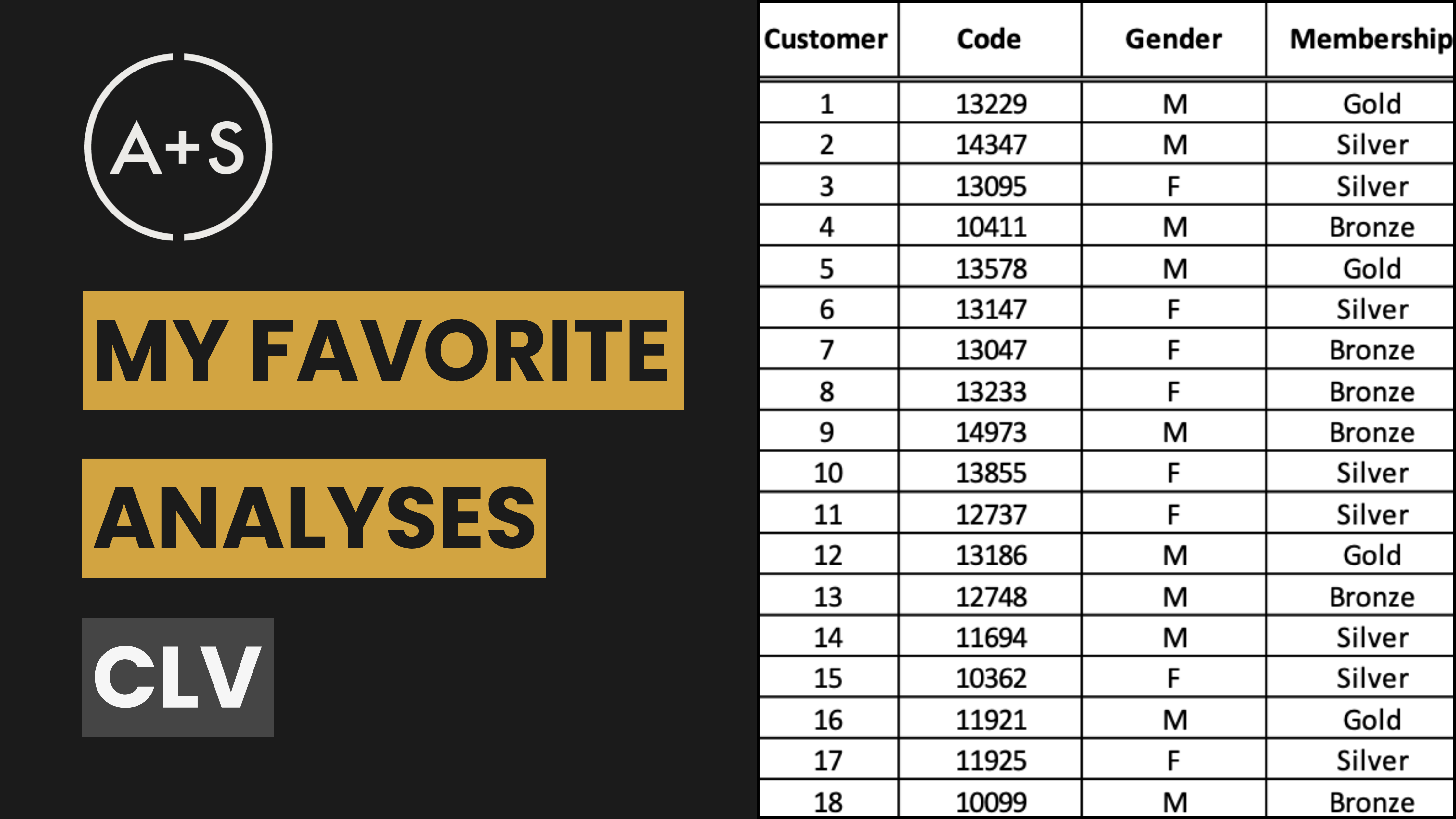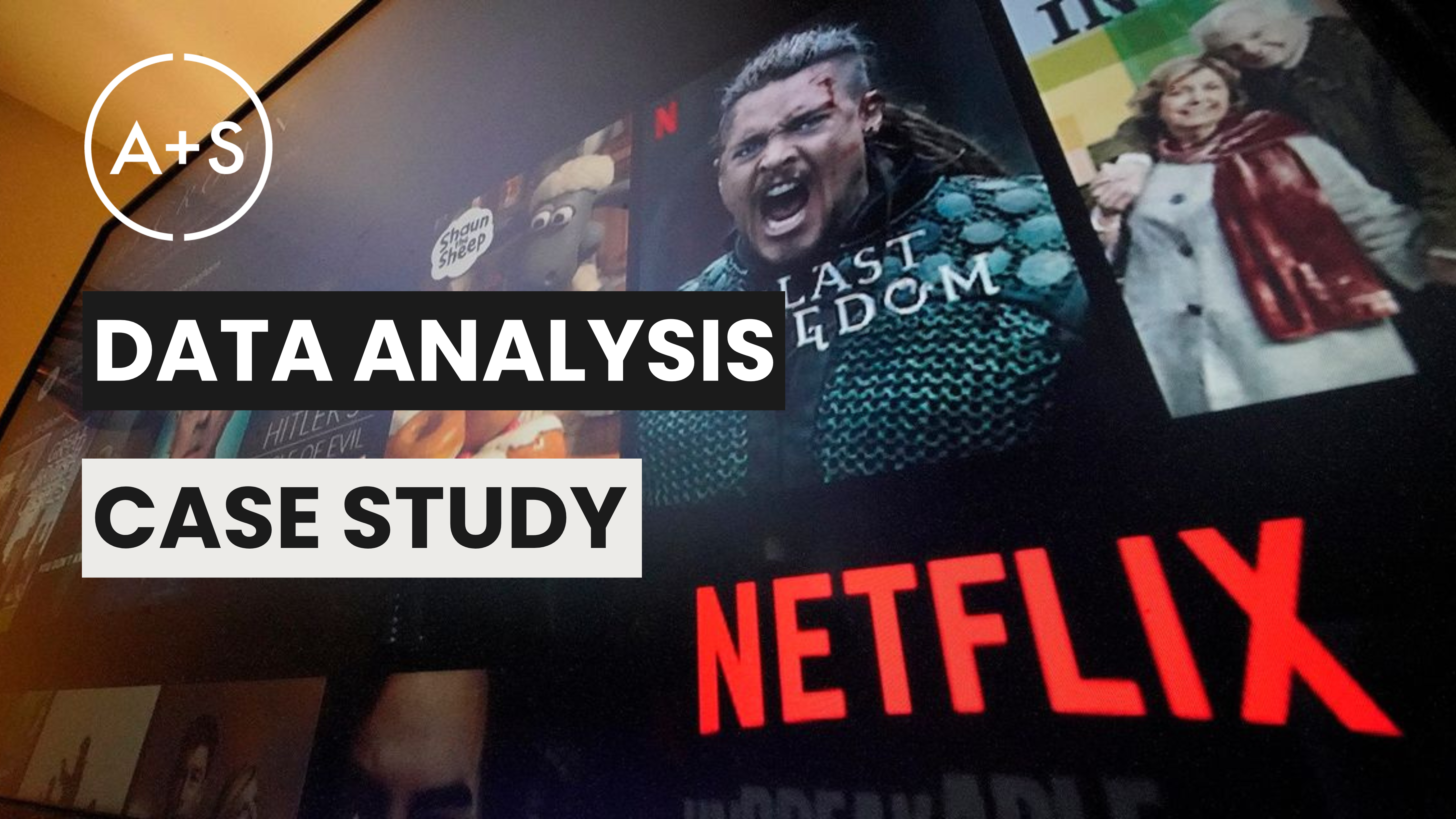Last week, I gave you the blueprint for persuasion. The SCQM framework is not a theory. It is a weapon for analysts who want to drive action. It is the structure that turns data into a decision.
Many of you asked to see it in the wild. That is what you get today.
We are going to walk through a real-world case study. I will show you how an analyst took the exact same dataset and produced two radically different outcomes. The first was a dashboard that led to confusion and inaction. The second was a narrative that secured a mandate and a budget.
This is the difference between being an order-taker and a leader.
THE ANATOMY OF INACTION
The initial request was simple: “Analyze customer churn.” The analyst’s response was predictable. They built a dashboard.
It was technically impressive. A sea of filters allowed stakeholders to slice churn by cohort, region, tenure, and product tier. A constellation of KPIs tracked weekly churn, monthly churn, revenue churn, and logo churn. It was a comprehensive, interactive, and completely useless tool.
The analyst presented this data dump to leadership. They walked through the filters. They explained the different metrics. Then they handed over the telescope and asked them what they saw.
They saw nothing. They were overwhelmed by options and paralyzed by complexity. The dashboard was a monument to thoroughness, but it had no opinion. It presented facts without a conclusion. It offloaded the strategic work of finding the story onto the audience.
A confused mind always says no. The meeting ended not with a decision, but with a request for more analysis. The project lost momentum. The opportunity vanished. The dashboard failed because it was designed to explore, not to persuade.
THE ANATOMY OF A DECISION
The analyst realized their mistake. The data was not the problem; the delivery was. They threw out the dashboard and started again, this time using the same data to build a narrative.
They started with the SCQM.
Situation: They established a shared, undeniable reality. “Our quarterly customer churn rate is 7%.” This is the baseline. No one can argue with it.
Complication: They introduced the tension, the reason this analysis matters now. “Our latest churn survey reveals a direct threat: a new competitor has captured 10% of our recently churned customers.” Suddenly, the 7% is not just a metric. It is a targeted attack on our user base. This creates urgency.
Question: They focused the entire conversation on a single decision: “How do we mitigate this competitor threat and regain market leadership?” This is the only question on the table. It eliminates all other distractions.
The leadership team was already debating several paths. Some argued for doubling marketing spend on their legacy brand. Others suggested an expensive acquisition. The analyst’s job was not to invent a radical new option, but to find the truth in the existing ones. They used data to evaluate each path and identify the one with the highest likelihood of success.
Main Message: They then delivered their answer, elevating one option from a speculative idea to a data-driven imperative. This was their expert recommendation: “We must neutralize the threat from this new market disruptor by launching a new, differentiated brand built through a strategic celebrity partnership.”
This was a bold, high-stakes argument. Now they had to prove it. They did not use a puddle of charts. They built their case on three Mutually Exclusive, Collectively Exhaustive (MECE) conclusions that formed their Key Line.
Key Line Conclusion #1: Our core brand is losing the next generation of customers to a single, culturally-relevant competitor. First, they presented the diagnosis. They showed that the 10% churn problem had a specific source. Their data proved that the core legacy brand had lost 15% market share among the under-35 demographic, with 70% of those specific losses going directly to the new disruptor.
Key Line Conclusion #2: Repositioning our legacy brand to fight this threat is not viable and will alienate our profitable core. Next, they dismantled the most obvious counter-argument. Their marketing models proved that the “safe” option of simply repositioning the legacy brand would fail, alienating their most profitable customer base in the process.
Key Line Conclusion #3: A new, partnered brand is the most efficient and effective path to capture the target demographic and drive growth. Finally, they provided the proof for their recommended path. Their analysis showed that new, celebrity-backed brands in the category achieve 3x higher trial rates and that their proposed partner had an 85% audience overlap with the exact demographic they were losing.
The dashboard contained all this data, buried under layers of filters. The narrative, using the exact same numbers, delivered a decision. The project was not just approved; it was funded. A new brand was born.
THE ANALYST’S PLAYBOOK
The case study reveals the rules for generating action. Your job is not to deliver data. Your job is to make a decision happen. This requires a new playbook.
1. Frame Every Analysis Around a Decision. Before you write a single query, you must know the decision your work will inform. Are you recommending we enter a new market? Yes or no. Are you arguing we should kill a product feature? Yes or no. If your analysis does not lead to a clear yes/no choice for leadership, it is a useless academic exercise.
2. Your Main Message is a Strategic Choice. The Main Message is your opinion, forged from the data. It is your recommendation for what the business must do. It is not an observation like “churn is higher in this segment.” It is a call to action like “we must cut prices for this segment.” You are not a reporter. You are a strategist. Make a choice.
3. Build Your Case on Pillars, Not Sand. A dashboard is a beach of granular data. It is vast and deep. A persuasive analysis is built on three to five solid pillars. This is your Key Line. Each conclusion must be a powerful, undeniable data point that directly and supports your Main Message. Anything else is a distraction. Erase it.
4. Data Describes. Narrative Persuades. Data shows what is. A narrative convinces people what to do about it. Your stakeholders are drowning in data. They are starving for clarity. The SCQM framework gives them that clarity. It is the most powerful tool you have for turning your analysis into influence.
FINAL THOUGHT
Structure is the skeleton that gives your data muscle. It is what transforms a pile of numbers into a sharp, piercing point.
Analysts who master structure are the ones who get their projects funded, promoted, and seen as leaders, not as service providers.
Your data does not speak for itself. You must give it a voice. Structure is the vehicle for influence. It is how you win.
Keep Analyzing!




